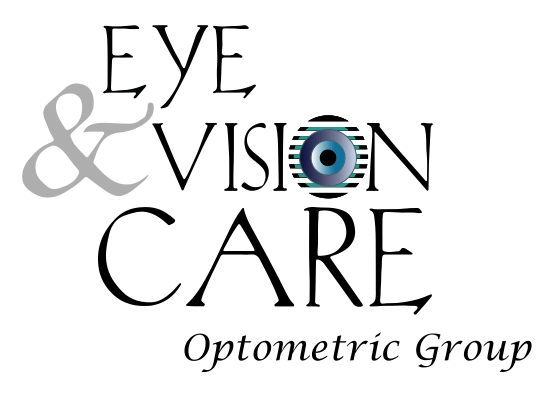Nurturing the visual health of our youngest generation is an indispensable facet of their growth and potential. The formative years of a child’s life lay the foundation for their future, making it imperative to devote early attention to their eye well-being. Ensuring that their eyes are developing properly and proactively identifying and addressing any issues is paramount to prevent complications down the road. Given that certain conditions can manifest even in infancy and become progressively harder to correct when left unattended, regular pediatric eye examinations take on a pivotal role. The Doctors at Eye and Vision Care Optometric Group in Santa Barbara, advise, “Commencing at the age of 6 months, it is advisable for children to undergo comprehensive eye assessments annually to detect any impediments that might hinder their developmental journey.”
Early and frequent eye examinations can serve as a lifeline for children, as they can unveil and manage several eye conditions that might otherwise pose challenges in adulthood. Among these, Strabismus and Amblyopia stand out.
Strabismus refers to a condition where the eyes fail to align properly, with one eye diverging in a different direction than the other—either inward, outward, upward, or downward. This discrepancy arises when the muscles responsible for controlling eye movements are either misaligned or underdeveloped. Children with concurrent developmental issues such as cerebral palsy, Down syndrome, prematurity, or brain tumors are particularly susceptible to this condition. In eyes with sound alignment and health, each eye perceives essentially the same image of the object being observed, with only slight disparities. The brain combines these subtly differing perspectives to form a cohesive, unified image—a phenomenon known as Binocular Fusion. In the case of a child with Strabismus, the misalignment results in entirely different images reaching the brain, rendering Binocular Fusion exceptionally challenging or even unattainable. Consequently, the brain adapts by suppressing the input from one of the eyes, potentially leading to Amblyopia, colloquially known as “lazy eye.” Amblyopia occurs when one eye fails to develop healthy vision during a person’s formative years. Failing to diagnose and treat Amblyopia in a timely manner can give rise to a host of issues that profoundly impact vision from childhood through adulthood, potentially causing permanent visual impairments and impairing depth perception.
Moreover, regular pediatric eye exams are essential for ensuring a child’s success in an educational setting. These examinations encompass the assessment of less severe conditions like nearsightedness, farsightedness, and astigmatism. Our Eye Doctors underscore the critical role of vision in a child’s educational journey, noting, “Your child’s eyesight serves as their frontline defense in the pursuit of knowledge. Neglecting proper eye care may transform the classroom into a vast blind spot, prematurely sentencing your child to academic challenges.” Our team further emphasizes the importance of early evaluation of fundamental skills related to optimal vision for learning, which include eye movement coordination, peripheral awareness, and hand-eye coordination.
